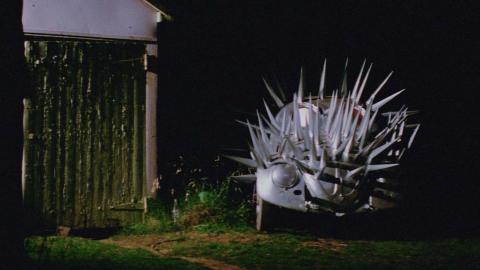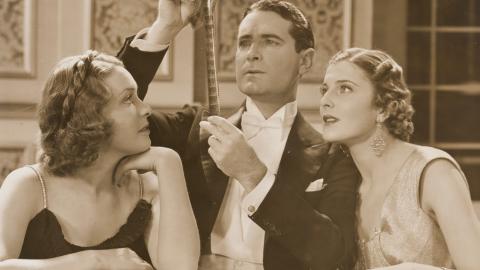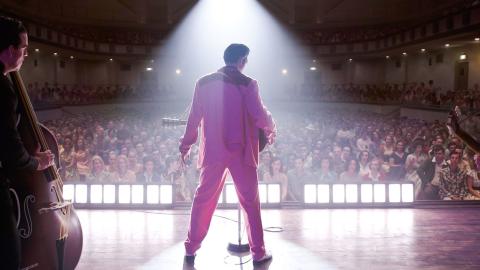
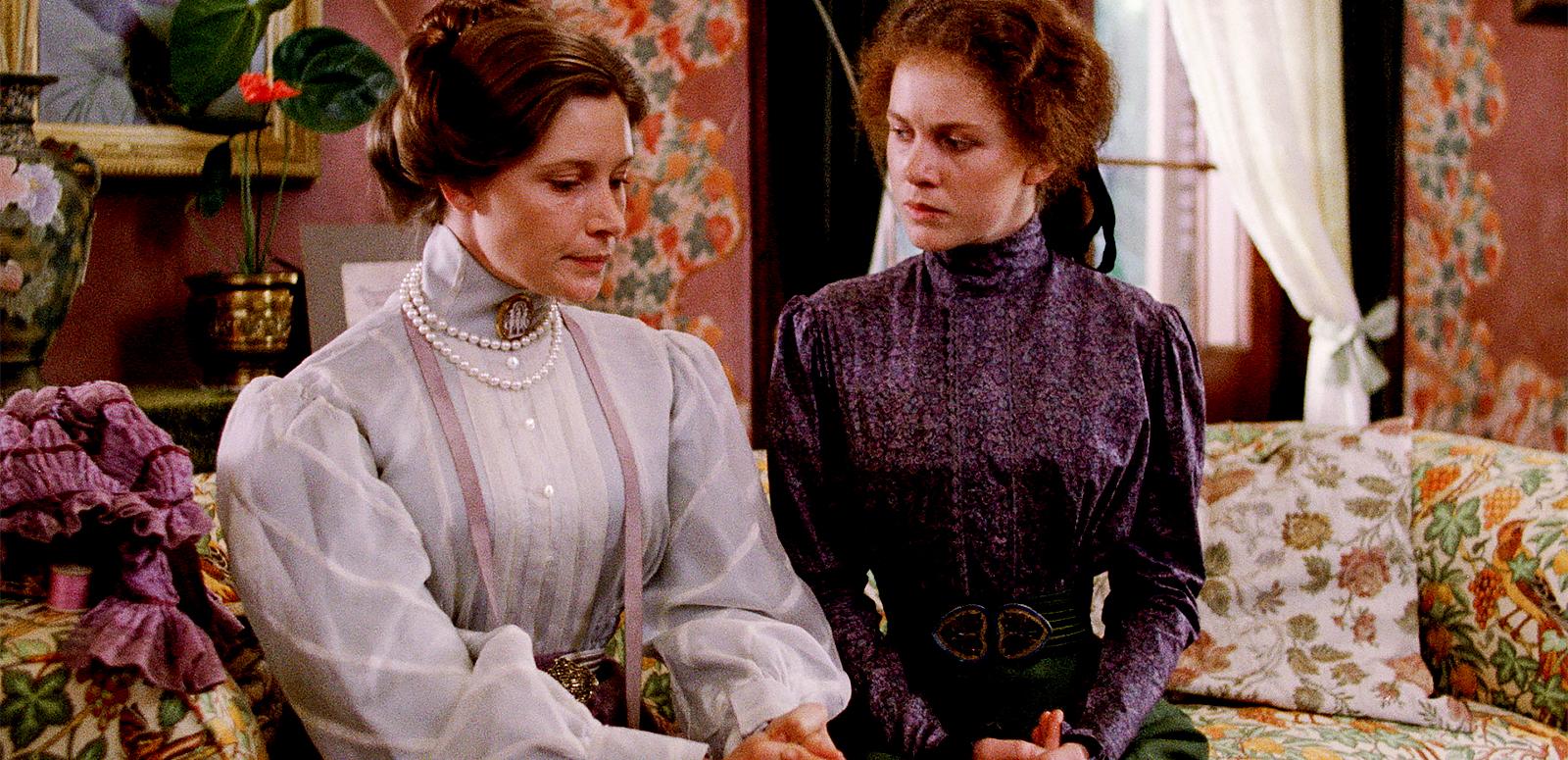
My Brilliant Career
NFSA Restores: My Brilliant Career
Brilliant careers
The NFSA Restores premiere (at the 2018 Sydney Film Festival) of My Brilliant Career is particularly timely given the current media attention on the representation of women in the film industry. My Brilliant Career (1979) had a strong female team, including director Gillian Armstrong, producer Margaret Fink, lead actress Judy Davis, production designer Luciana Arrighi and costume designer Anna Senior, who received an Academy Award nomination for her work.
NFSA Restores: My Brilliant Career - Before and After restoration trailer.
The film is based on Miles Franklin’s semi-autobiographical novel of the same name, first published in London in 1901. During the drought of 1898, Sybylla Melvyn (played by Judy Davis) dreams of escaping the drudgery of farm life for a career as a writer. She meets a well-to-do grazier, Harry Beecham (Sam Neill), and must decide if love will interrupt her plans for a brilliant career.
My Brilliant Career brought worldwide attention to Judy Davis, Sam Neill and Gillian Armstrong. It won two BAFTA awards, six Australian Film Awards and was nominated for the Palme d'Or at the Cannes Film Festival.
A brilliant production
The NFSA restoration revives the beauty of Don McAlpine’s cinematography which is strongly supported by the colour palette used for costumes, sets and design. Costume designer Anna Senior recalls setting up a workroom, dye room and wardrobe department in a hired hall to make the period costumes.
With tight budget constraints there were no multiple copies of costumes to accommodate stunt work. When Sybylla catapulted herself and Harry into the water in the boating scene, the cream gown had to be rushed away after each take and carefully dried in readiness for the next attempt. As we see in the restored film, despite the treatment, the silk and lace always look immaculate.
Anna Senior's award-winning work can be seen in the photo gallery images, below.
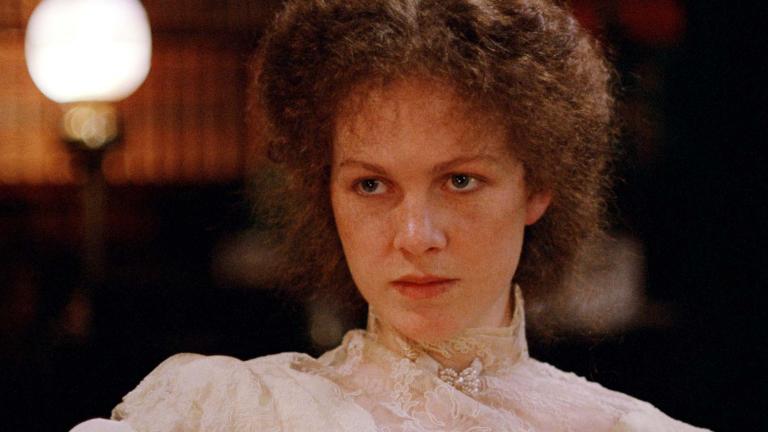
Judy Davis as Sybylla Melvyn. Still from the NFSA restoration of My Brilliant Career, 1979. NFSA title: 1529591.
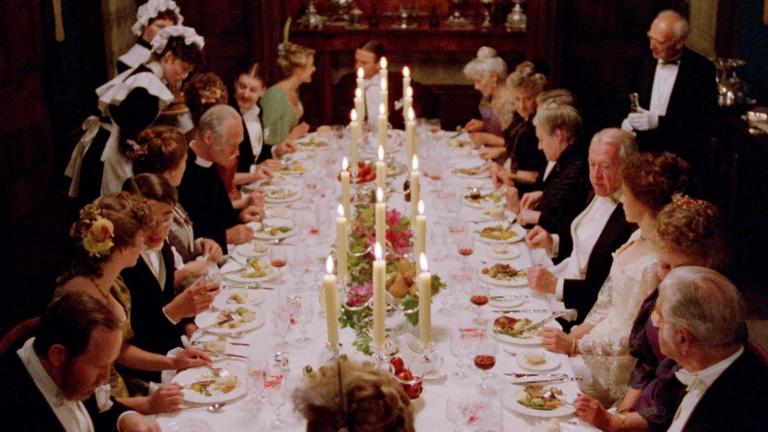
Still from the NFSA restoration of My Brilliant Career, 1979. NFSA title: 1529591.
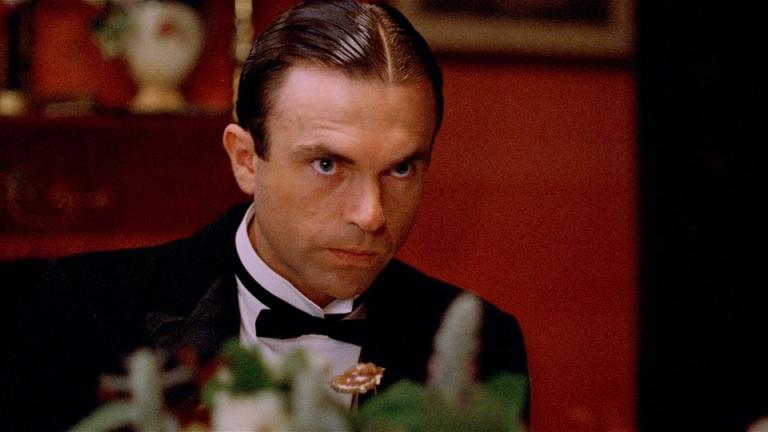
Sam Neill as Harry Beecham. Still from the NFSA restoration of My Brilliant Career, 1979. NFSA title: 1529591.
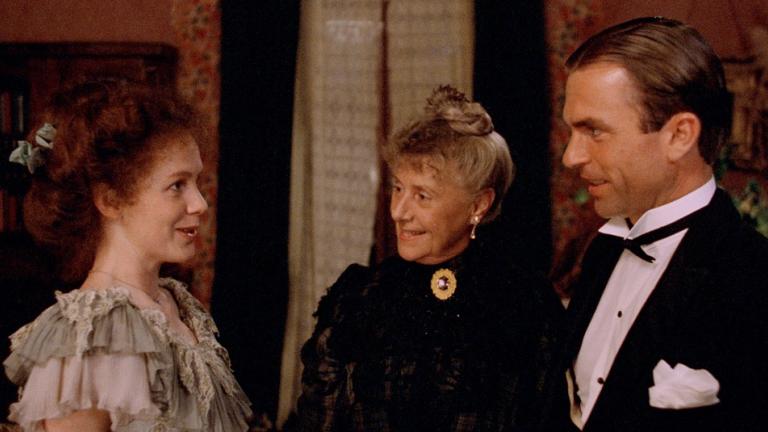
Judy Davis and Sam Neill with Aileen Britton as Sybylla's grandmother. Still from the NFSA restoration of My Brilliant Career, 1979. NFSA title: 1529591.
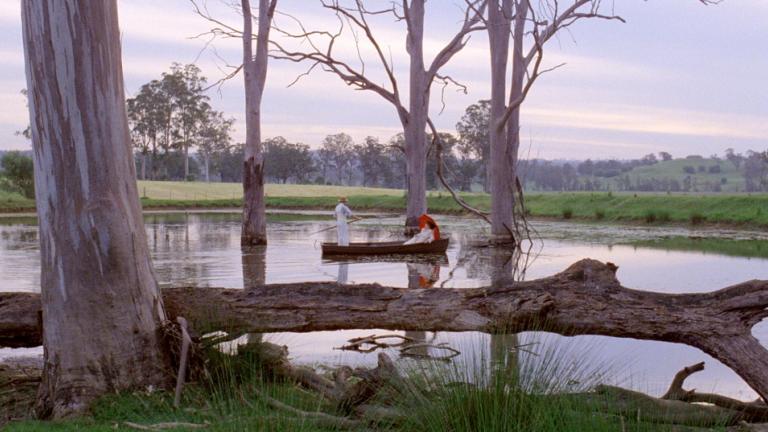
Boating scene with Judy Davis and Sam Neill. Still from the NFSA restoration of My Brilliant Career, 1979. NFSA title: 1529591.
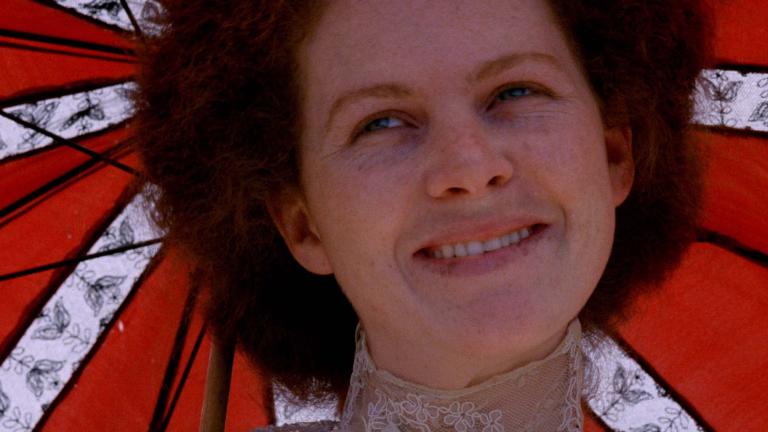
Judy Davis in a still from the NFSA restoration of My Brilliant Career, 1979. NFSA title: 1529591.
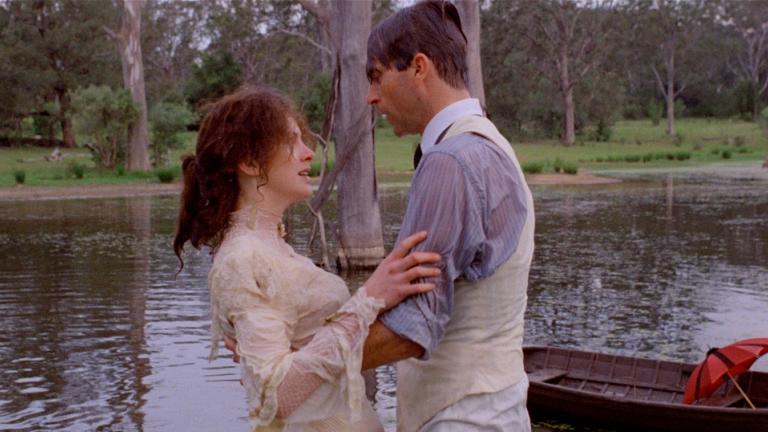
Judy Davis and Sam Neill. Still from the NFSA restoration of My Brilliant Career, 1979. NFSA title: 1529591.
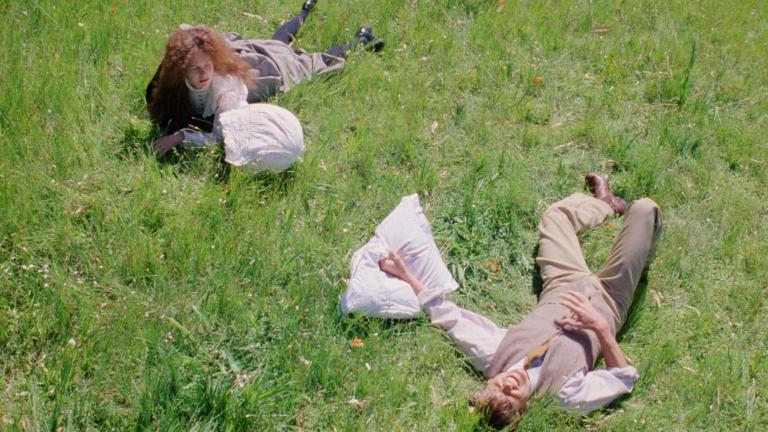
Judy Davis and Sam Neill. Still from the NFSA restoration of My Brilliant Career, 1979. NFSA title: 1529591.
The shoot was demanding given the short six-week schedule. Journalist Geraldine Pascall outlined the daily routine of filming in The Australian newspaper in December 1978: ‘It’s about a 45 minute drive to the homestead (Michelago) and that time, there and back, makes up an hour-and-a-half of the 10 ¾ hour union-regulated workday, motel-to-motel, on location. There’s a six-day week, Sundays off and three-quarters of an hour for lunch, morning tea and afternoon tea breaks. The shooting day on set works out at about eight hours. The director and producer of course can notch up a much longer day and week ... Judy Davis is in virtually every scene and is on call every day.’
The original 1979 release of My Brilliant Career to worldwide critical acclaim marked a significant moment in Australian cultural history. The film consolidated the achievements of New Wave Australian cinema, bravely rejecting the established formula of a romance with a happy ending.
By telling the story through the eyes of a female protagonist who renounces marriage to write, Career transcended its 19th century setting and resonated with wider changes happening in Australian society in the 1970s, such as no-fault divorce reforms, affirmative action policy in government employment strategies and the prioritising of women’s health and education.
At the film’s powerful conclusion, hero and heroine embrace and Sybylla voices her inner conflict: 'I can't lose myself in someone else's life if I haven't lived my own … Oh Harry - I'm so near loving you, but I'd destroy you. I can't do that.'
The restoration
A big part of the restoration process is choosing the best possible components that are available but also respecting the integrity of the original project and trying to reflect that vision in the final restored components. With this in mind, the NFSA collaborated with Margaret Fink and Gillian Armstrong, as well as director of photography Don McAlpine and editor Nicholas Beauman, to ensure that the final restoration was as close as possible to the original version first seen in 1979.
The restoration was a collaboration between the NFSA and our partners Vandal and Spectrum Films in Sydney. After a condition and technical assessment of the original sound and picture components by the NFSA’s Conservation Services team, we supplied the original picture components to post-production house Vandal to produce a 4K preservation scan.
At the same time, the NFSA’s Audio Services team digitised and digitally cleaned the mono dialogue, music and effects stems derived from the original magnetic film. The sound files were then passed to Spectrum Films who undertook a soft 5.1 mix under the guidance of the filmmakers in order to produce a digital cinema package which was suited to contemporary cinemas. The 5.1 restored sound is now preserved with the restored original mono mix at the NFSA.
Once we completed and married the restoration work on both picture and sound, we invited the original creative team to comment and make recommendations before final sign-off.
The restoration premiered at the 2018 Sydney Film Festival followed by showcase screenings in Canberra and Melbourne.
- Nathan Smith
The National Film and Sound Archive of Australia acknowledges Australia’s Aboriginal and Torres Strait Islander peoples as the Traditional Custodians of the land on which we work and live and gives respect to their Elders both past and present.
